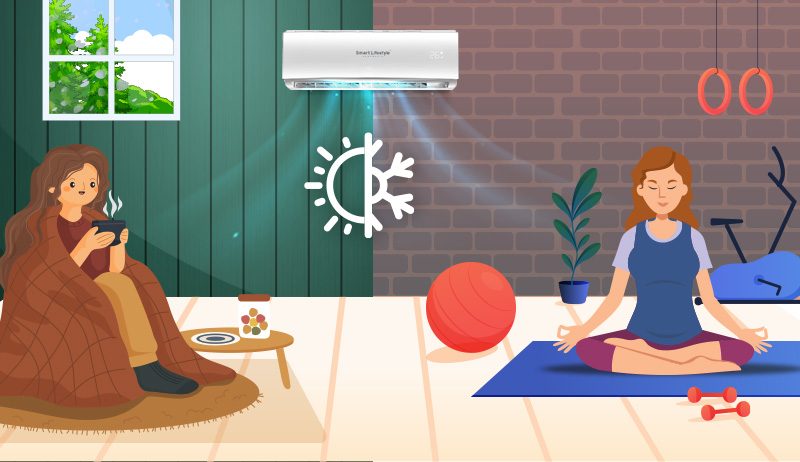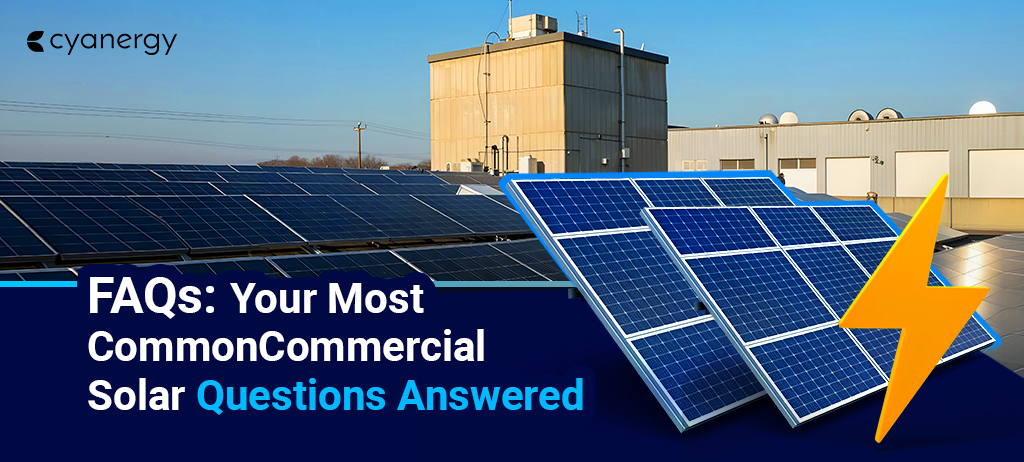Imagine stepping into your home, greeted by the perfect temperature—whether it’s a blazing summer afternoon or a chilly winter evening. The choice between an electric split system air conditioner and a ducted gas heater holds the key to achieving this tailored comfort, ensuring your living space is an oasis of coziness year-round. As we venture into the heart of 2023, the decision between gas ducted heating vs split system technologies takes on renewed significance, prompting us to explore their intricacies and unearth the ideal solution for your home.
Electric Split System Air Conditioner
Cooling Process
Evaporator Unit (Indoor): The indoor unit contains the evaporator coil and a fan. Warm indoor air is drawn in through the return air grille and blown over the cold evaporator coil. As the air passes over the coil, heat is absorbed by the refrigerant within the coil, causing the air to cool down.
Refrigerant: The refrigerant is a chemical compound that changes state from a gas to a liquid and back to a gas, absorbing and releasing heat in the process.

Heat Transfer
Compressor: The heated refrigerant gas is sent to the outdoor condenser unit, where the compressor pressurizes it. This action increases the temperature of the refrigerant gas.
Condenser Coil (Outdoor): The hot, pressurized refrigerant gas is released into the condenser coil located in the outdoor unit. As outdoor air is blown over the coil by a fan, the heat from the refrigerant is transferred to the outdoor air, causing the refrigerant to condense back into a liquid.
Expansion Valve
Cool Air Circulation
Electric Split System Benefits –
- All-in-One Cooling and Heating:
- Installation and Zoning:
- Initial Cost and Energy Efficiency:
Electric split system air conditioners are versatile units that offer both cooling and heating capabilities. This dual functionality makes them a great year-round investment, allowing you to stay comfortable in both hot summers and chilly winters.
The installation of a split system is relatively straightforward. It involves an indoor unit (evaporator) and an outdoor unit (condenser) connected by refrigerant lines. One of the notable advantages is zoning, which lets you control the temperature in different areas independently. This can lead to energy savings by conditioning only the rooms in use.
In terms of upfront costs, electric split systems are generally more affordable than ducted gas heaters. However, while modern units are designed to be energy-efficient, they can consume a significant amount of electricity, potentially leading to higher energy bills. Keep an eye out for units with high Energy Efficiency Ratio (EER) and Seasonal Energy Efficiency Ratio (SEER) ratings.
Ducted Gas Heater
Combustion Process
Heat Generation

Air Circulation
Air Intake: Indoor air is drawn into the system through a return air grille. This air is typically cooler than the heat exchanger.
Air Heating: The heated heat exchanger warms the incoming indoor air as it passes over the exchanger’s surface. This warmed air is then directed into the ductwork.
Distribution
Ductwork: The warmed air is pushed through a network of ducts that are distributed throughout the house. These ducts deliver the heated air to various rooms and living spaces.
Vents and Registers: In each room, vents or registers allow the heated air to flow into the space. These can be adjusted to control the amount of warm air entering each room, providing customizable comfort.
Thermostat Control
Gas Ducted System Benefits -
-
- Focused Heating:
Ducted gas heaters are designed solely for heating purposes. They utilize natural gas to generate heat, which is then distributed throughout the house via ducts and vents. This makes them an effective choice for regions with colder climates.
-
- Whole-House Heating and Zoning:
One of the strengths of ducted systems is their ability to provide consistent and even heating throughout the entire home. Although some ducted systems offer zoning options, this feature might not be as customizable as in split systems.
- Installation and Energy Efficiency:
Installation of a ducted gas heater is more complex due to the need for ductwork installation. Consequently, the initial investment tends to be higher. However, the operational cost can be more economical in areas where natural gas unit prices are lower than electricity rates. But that scenario is to be changed very soon. As gas is phasing out in Victoria along with the entire nation in the near future.
Learn more about gas phasing out in Vic here – Will Natural Gas Be Phased Out in Victoria?
Here Is a Quick Comparison Table of Gas Ducted Heating Vs Split System
| Feature/Consideration | Electric Split System Air Conditioner | Ducted Gas Heater |
|---|---|---|
| Heating and Cooling | Offers Both Heating and Cooling | Heating Only |
| Initial Cost | Generally Lower Initial Investment | Higher Initial Investment |
| Zoning Capability | Precise Zoning for Energy Efficiency | Limited Zoning Options |
| Installation Complexity | Easier Installation Process | More Complex Installation |
| Flexibility in Retrofitting | Retrofitting into Existing Homes Easier | Better Suited for New Construction |
| Energy Source Availability | Works Regardless of Gas Availability | Requires Access to Natural Gas |
| Climate Suitability | Suitable for Milder Climates | Less Effective in Extremely Cold Areas |
| Environmental Impact | Lower Environmental Impact in Some Regions | Consideration of Gas Usage Impact |
| Space Heating | Effective for Moderate Heating Needs | Effective for Strong Heating Needs |
| Utility Cost Variation | Electricity Rates Stable/Varied | Natural Gas Rates Can Fluctuate |
Gas Ducted Heating Vs Split System – Which is Cheaper?
Gas Ducted Heating – Price Factors
Installation Complexity: Gas ducted heating systems involve extensive installation, including ductwork throughout your home. This complexity can lead to higher upfront installation costs.
Equipment Costs: The central heating unit, along with the required ducts and vents, contributes to the initial expenses.
Efficiency and Maintenance: Gas systems tend to require maintenance to ensure optimal efficiency and safety. Regular servicing may lead to additional costs.
Energy Source: Natural gas prices vary by region and over time. Areas with lower gas prices will likely have a more competitive cost advantage.
Split System - Price Factors
Installation Simplicity: Split systems are simpler to install since they don’t require extensive ductwork. This ease of installation usually results in lower upfront costs.
Equipment Costs: Split systems consist of indoor and outdoor units. While the components might be more affordable, the need for multiple units in larger spaces could impact the overall cost.
Efficiency and Maintenance: Energy-efficient split systems might result in lower running costs. Maintenance for split systems is generally straightforward, potentially reducing ongoing expenses.
Energy Source: Electricity rates can vary significantly. In regions with lower electricity prices, operating a split system can be more cost-effective

Comparing Price Differences
| Price Aspect | Gas Ducted Heating | Split System |
|---|---|---|
| Installation Complexity | More complex, involves ductwork | Simpler installation, no extensive ducts |
| Upfront Equipment Costs | Central heating unit, ducts, vents | Indoor and outdoor units |
| Efficiency and Maintenance | Regular maintenance for optimal efficiency | Generally lower maintenance needs |
| Energy Source Dependency | Gas prices vary by region | Electricity rates can differ significantly |
| Cooling Functionality Impact | Heating-focused, no cooling capabilities | Can include cooling, affecting overall cost |
While price differences stem from installation complexity, equipment costs, and energy source considerations, it’s crucial to evaluate both short-term and long-term expenses. Consider your home’s specific requirements, energy rates in your area, and the benefits each system offers. Installation cost for ducted vs split system vary for the type of system they are.
Consulting with HVAC professionals can help you gauge the most economical option based on your circumstances and preferences.







